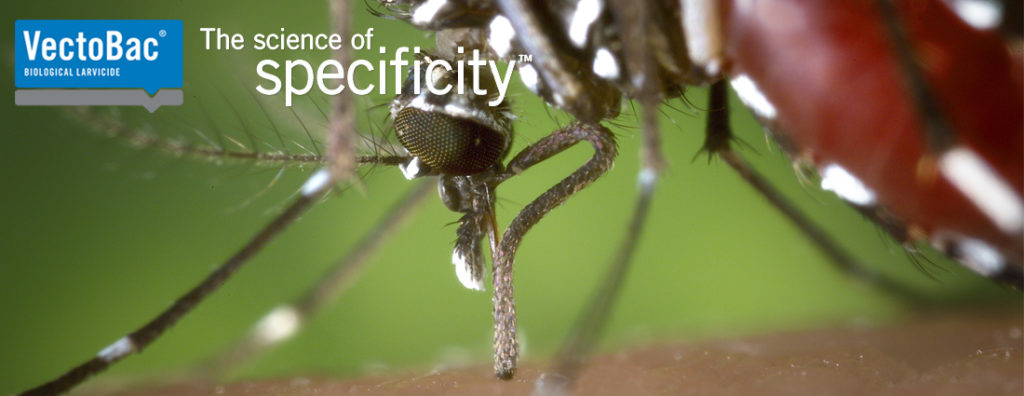Integrating a pyrethroid, despite resistance, diversifies your strategy. This multi-action approach lessens the focus on any single ingredient, delaying resistance development.
When pests resist one ingredient, they may become more vulnerable to another, especially with varied modes of action. This phenomenon, known as negative cross-resistance, enhances effectiveness.
Absolutely. ReMoa Tri stands out with its three distinct modes of action, making it effective regardless of the resistance status.
If you are facing resistance, ReMoa Tri should be your go-to solution.
ReMoa Tri is not just a temporary fix, it is also an excellent choice for ongoing rotation, ensuring continued control.
No. Currently, bottle bioassays and topical assay methods typically require acetone which is incompatible with ReMoa Tri’s formulation.
Academic institutions and the CDC are currently investigating bottle bioassays and topical assays methods that do not require acetone.
Yes, you can dilute ReMoa Tri if desired.
However, ReMoa Tri is a “Ready-to-Use” product and does not require dilution.
Should you choose to dilute ReMoa Tri for your applications, follow the label instructions which note that ReMoa Tri can only be diluted with manufacturer-provided diluent, ReMoa Diluent™.
ReMoa Tri CANNOT be diluted with water, mineral oil, or any other diluent.
For more information, reference this video on diluting ReMoa Tri.
Dilutions at ratios of 1:0.5 and 1:1 should be used if you chose to dilute ReMoa Tri for your applications.
For applications targeting permethrin resistant mosquito populations, ReMoa Tri should not be diluted more than a 1:1 ratio.
A dilution ratio of 1:2 is effective if needed – but should only be used when targeting susceptible mosquito populations.
For more information, reference this video on diluting ReMoa Tri.
As stated on the label, you can only dilute ReMoa Tri with the manufacturer-provided diluent which is ReMoa Diluent.
Diluting with ReMoa Diluent preserves the integrity of the formulation. Mixing with other diluents will reduce efficacy.
For more information, reference this video on diluting ReMoa Tri.
Higher dilutions compromise the integrity of the formulation thereby reducing efficacy achieved when sprayed neat.
For more information, reference this video on diluting ReMoa Tri.
As of March 1, 2024, ReMoa Tri is registered for non-crop ground applications in 22 states and also Cayman Islands and Puerto Rico.
Registered states: Alabama, Arizona, Colorado, Delaware, Florida, Georgia, Idaho, Illinois, Louisiana, Massachusetts, Michigan, Minnesota, Mississippi, Missouri, New Jersey, New Mexico, Ohio, Oklahoma, South Carolina, Texas, Utah, Virginia
As highlighted by the American Mosquito Control Association (AMCA), mosquito management entities utilizing Ultra Low Volume (ULV) spray applications do so before dawn or after dusk to both target mosquitoes when they are most active and to avoid day-active pollinators such as butterflies and bees that have returned from foraging.
If applied according to the label, ReMoa does not cause spotting. Internal studies showed that ReMoa when applied directly to a new vehicle side panel, after two weeks, caused no spotting (With a pipette and not even ULV droplets).







